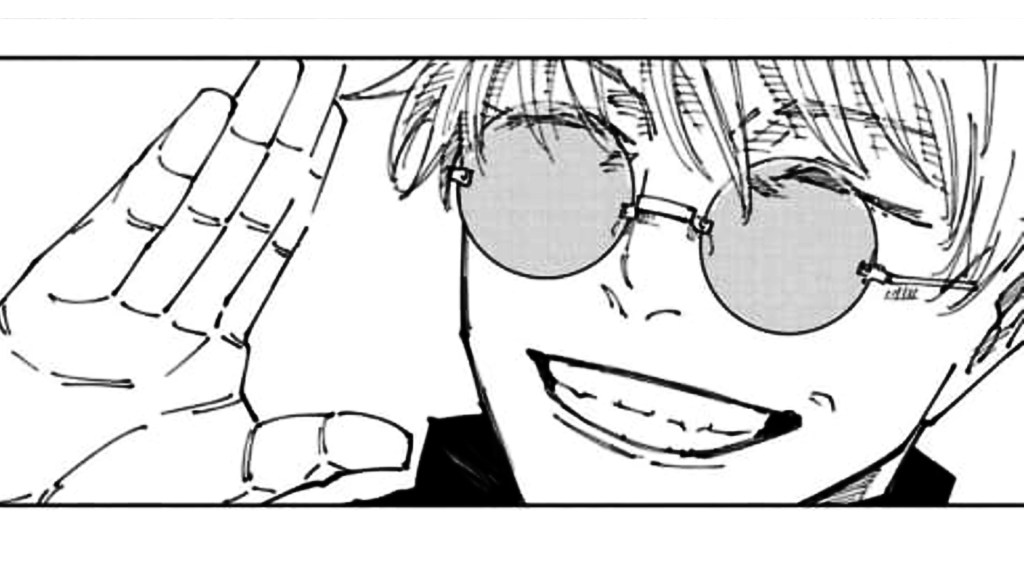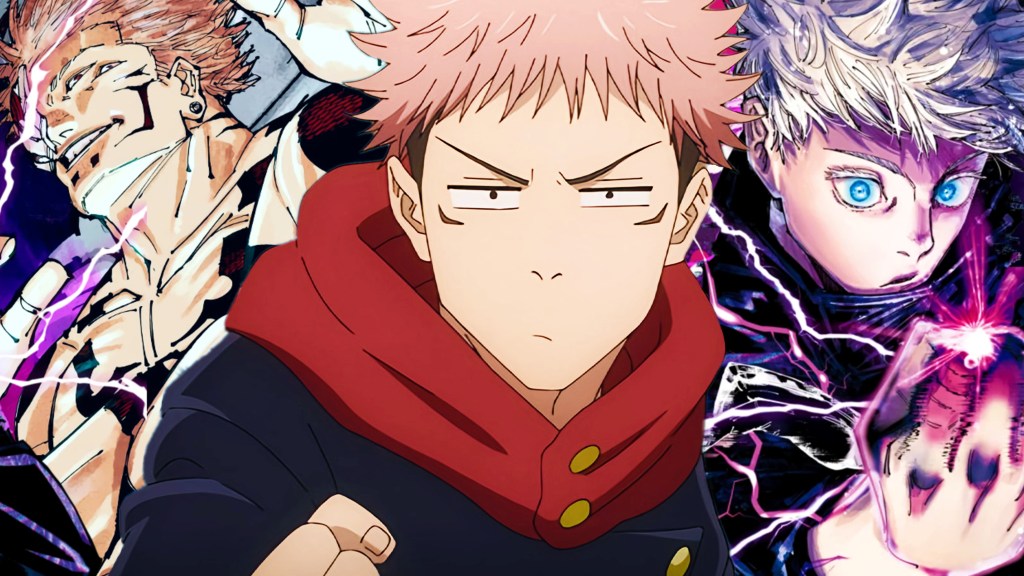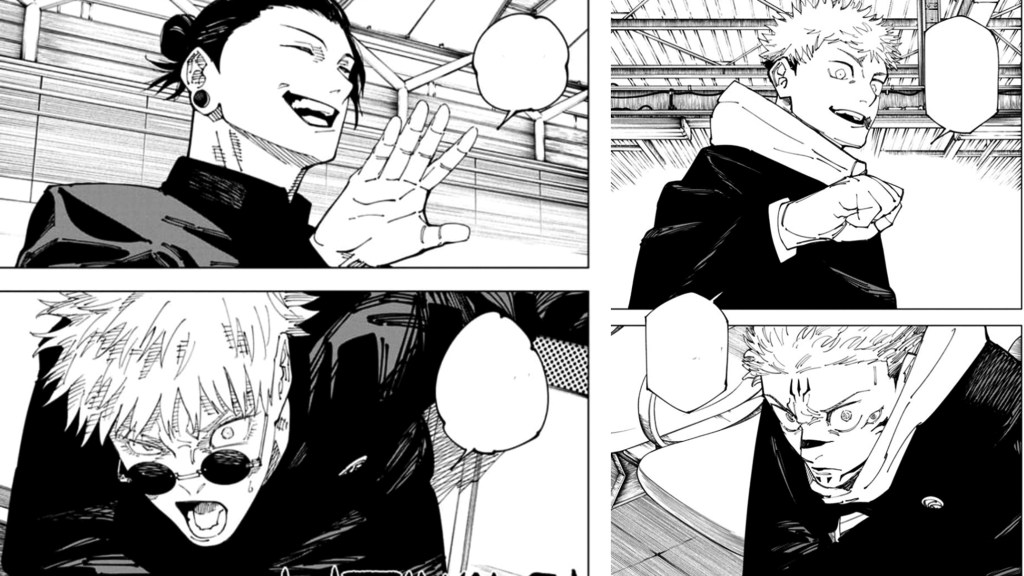It’s been a while since Jujutsu Kaisen wrapped up its story in the manga, and yet, fans are still just as divided on the series’ ending and the climactic final battle. One of the biggest gripes that fans have with Jujutsu Kaisen‘s Shinjuku Showdown is, without a doubt, Gojo’s ending in the series, which saw him fall against Sukuna. A huge reason fans were disappointed with the series following this is the heavy symbolism that alluded to rebirth and enlightenment in Chapter 236, which led many to believe Gojo would inevitably return.
Videos by ComicBook.com
While Gojo did return, it was not in the way fans had hoped, with Yuta taking over Gojo’s body temporarily, using Kenjaku’s Cursed Technique. As a result, the symbolism and foreshadowing in Chapter 236 felt wasted to many. However, Gojo’s death and the infamous airport scene may actually be the most crucial scene in all of Jujutsu Kaisen and the series’ final arc, even if it didn’t culminate in Gojo’s return as fans had hoped, and here’s why.

The Airport Scene Establishes the Themes of Jujutsu Kaisen’s Final Battle
Chapter 236 of Jujutsu Kaisen opens directly with Gojo talking to Geto at an airport, which seemingly signifies a type of limbo before the afterlife. Fans are hit with the shocking realization that Gojo has lost to Sukuna and died, as he also meets other already deceased characters like Nanami, Haibara, and Principal Yaga. It is here that Nanami curiously recounts a conversation he once had with Mei Mei about where he should go to live, with Mei Mei telling Nanami to go north if he wished to start new and south if he wanted to return to his old self. This concept of “going north” to become a new person forms the entire basis of the finale and Yuji’s final battle against Sukuna.
[RELATED: Jujutsu Kaisen Creator Shares New Gojo & Geto Art Ahead of New Movie]

Adding to this, Chapter 236 is also full of Buddhist symbolism that supplements this idea of rebirth and “going north.” The chapter most notably includes a shot of seven lotuses during Gojo’s conversation with Geto. Not only do lotuses by themselves represent enlightenment and rebirth, but the fact that there are seven of them is a clear reference to the seven steps Buddha took towards enlightenment, with a lotus blooming under his feet with every step.
All of this symbolism surrounding rebirth and enlightenment understandably led many to believe Gojo would return re-enlightened, much like he did against Toji during the Hidden Inventory Arc. Even though Gojo did not return from the dead like fans had theorized, this symbolism was not wasted in the slightest, instead serving as a setup for the final ideological clash between Sukuna and Yuji.
Jujutsu Kaisen’s Airport Scene Sets the Stage for Sukuna’s Defeat
Much like the airport scene in Chapter 236, Yuji’s domain expansion, when first cast, also takes him and Sukuna to a crossroad of sorts in the form of a train station. The real-life inspiration behind the train station seen in Chapter 264, which is Kitakami Station, and the platform that Sukuna is seated on all point to Yuji leading Sukuna north. Even the hand sign that Yuji uses when casting his domain is associated with Kṣitigarbha, who is known to lead lost souls to enlightenment.
Fittingly enough, the subsequent chapters see Yuji convince Sukuna to start anew while taking him through his domain, attempting to show him that one can find meaning in life through other means. All of this culminates in Chapter 268 with Yuji acknowledging that Sukuna might not have turned into the monster that he did had his circumstances been different and had Sukuna had someone to rely on like Yuji had his grandfather. Yuji ultimately tells Sukuna he accepts him even if no one else does, and offers to live peacefully with Sukuna in the end, essentially giving him a chance to start anew.

But of course, Sukuna rejects Yuji’s offer, choosing to cling to his pride and his ideals instead of relying on Yuji for his survival. Having said that, Chapter 272 does see Sukuna acknowledge that he could have gone down a different path, implying that Yuji’s ideals did indeed win over his own in the end. Anticlimactic as Jujutsu Kaisen’s ending may have been, it’s impossible to deny that this final battle against Sukuna was beautifully written, with the airport scene serving as the foundation block for it all.
Jujutsu Kaisen is available to read on Manga Plus and Viz Media and can be streamed on Crunchyroll.








